
Real cannibals are picky eaters

The return to cinema screens of the character, Hannibal Lecter, has revived a fascination with cannibalism. An anthropology professor at Lausanne University says eating people is not arbitrary but is guided by certain basic principles all over the world.
Mondher Kilani said rules govern both ritual cannibalism, practised by societies, and individual cases like Issei Sagawa from Japan, who admitted murdering a French friend in a Paris apartment in 1981 and devouring parts of her body.
“Even in isolated examples, it’s noticeable that cannibals often have a relationship with the victim,” Kilani told swissinfo.
“Either it’s a relationship which already existed as in the case of Issei Sagawa and his mistress or the killer imagines a relationship with his victim and tries to ritualise the moments preceding the act.
“From a symbolic point of view, it seems it is important to the killer that the victim is aware to some extent of what’s about to happen.”
In some cases, humans have resorted to cannibalism as a last resort – like the survivors of the 1972 Andes air crash. Kilani said even in this desperate situation, precise rules governed their actions.
“What’s interesting in this case is that it concerns a group, which is faced with starvation so they have to eat to survive. At a particular point, the group is faced with the following alternative – either die of hunger or eat what’s edible.
“What’s interesting is that before eating the bodies, they discussed it and drew up rules – culinary rules if you like – which banned the eating of relatives and determined which parts of the bodies could be eaten.
“This proves again that even with cannibalism you don’t just eat anything and anyone in any circumstances. There are still certain precautions to take before transgressing this very sacred taboo.”
The horror of eating human flesh is widespread. Even in societies which practiced cannibalism, it was generally only done in exceptional circumstances, like war.
Recent archaeological discoveries suggest that cannibalism was prevalent among our ancestors in Europe. Kilani said modern society has been forced to confront the issue of cannibalism again thanks to the crisis over mad cow disease.
“The very fact of eating animals and eating animals which resemble us, like mammals, has exposed our own flesh-eating tendencies. And we’ve gone a step further.
“The fact that we’ve fed meat-based animal feed to cows, which are normally herbivores, and that we’re eating this “cannibal meat”, makes us cannibals by extension.”
by Vincent Landon

In compliance with the JTI standards
More: SWI swissinfo.ch certified by the Journalism Trust Initiative

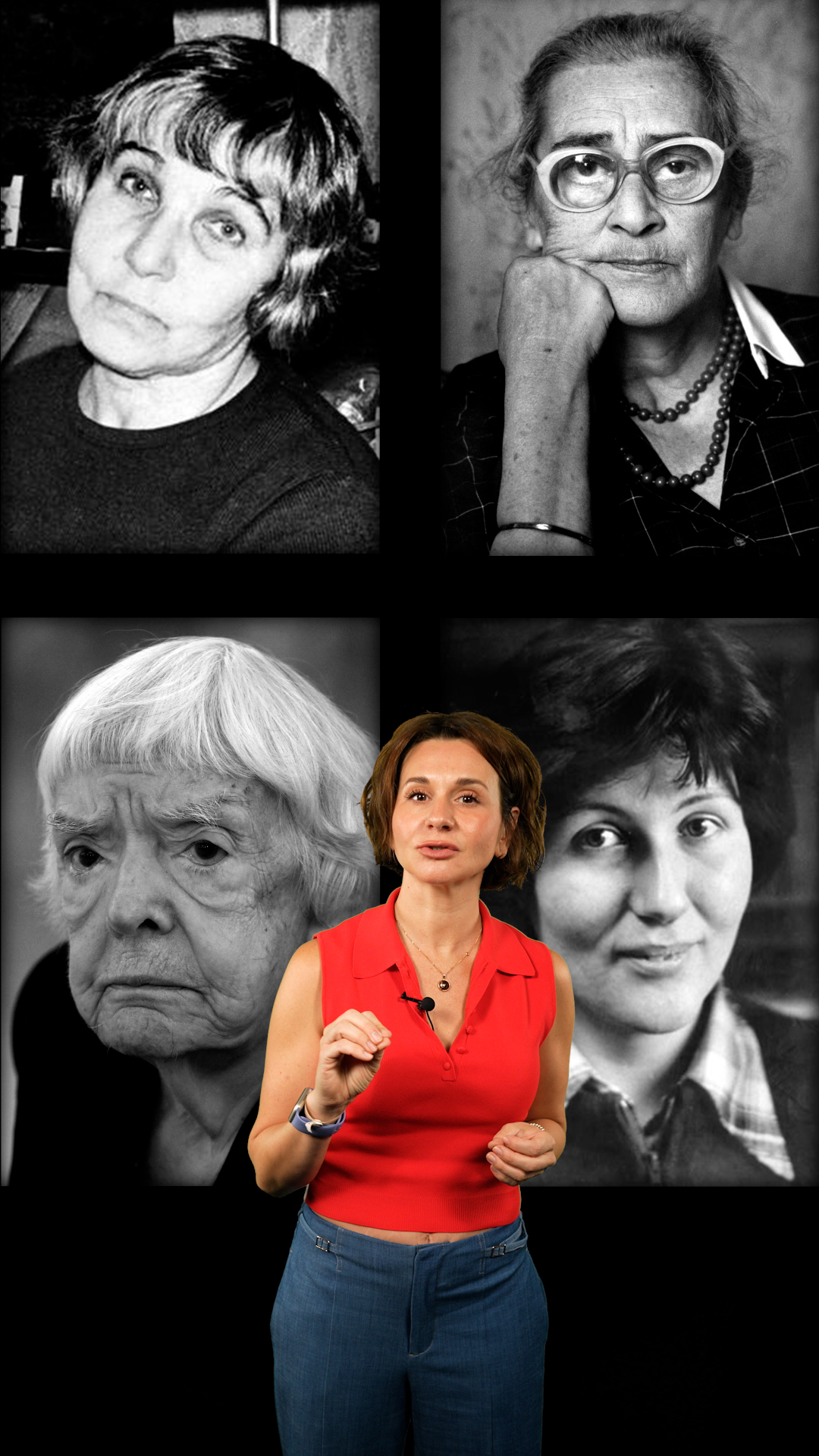
















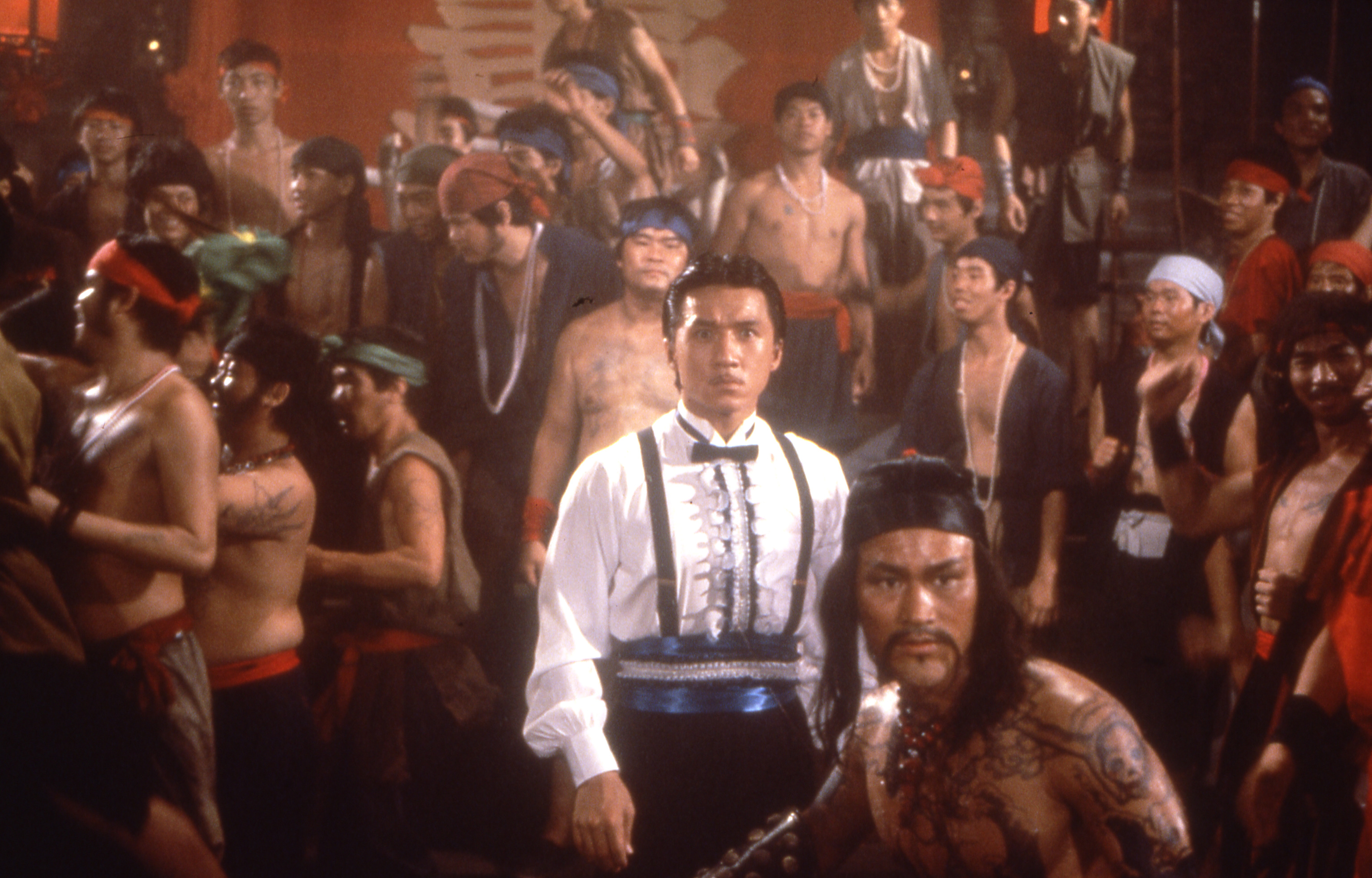












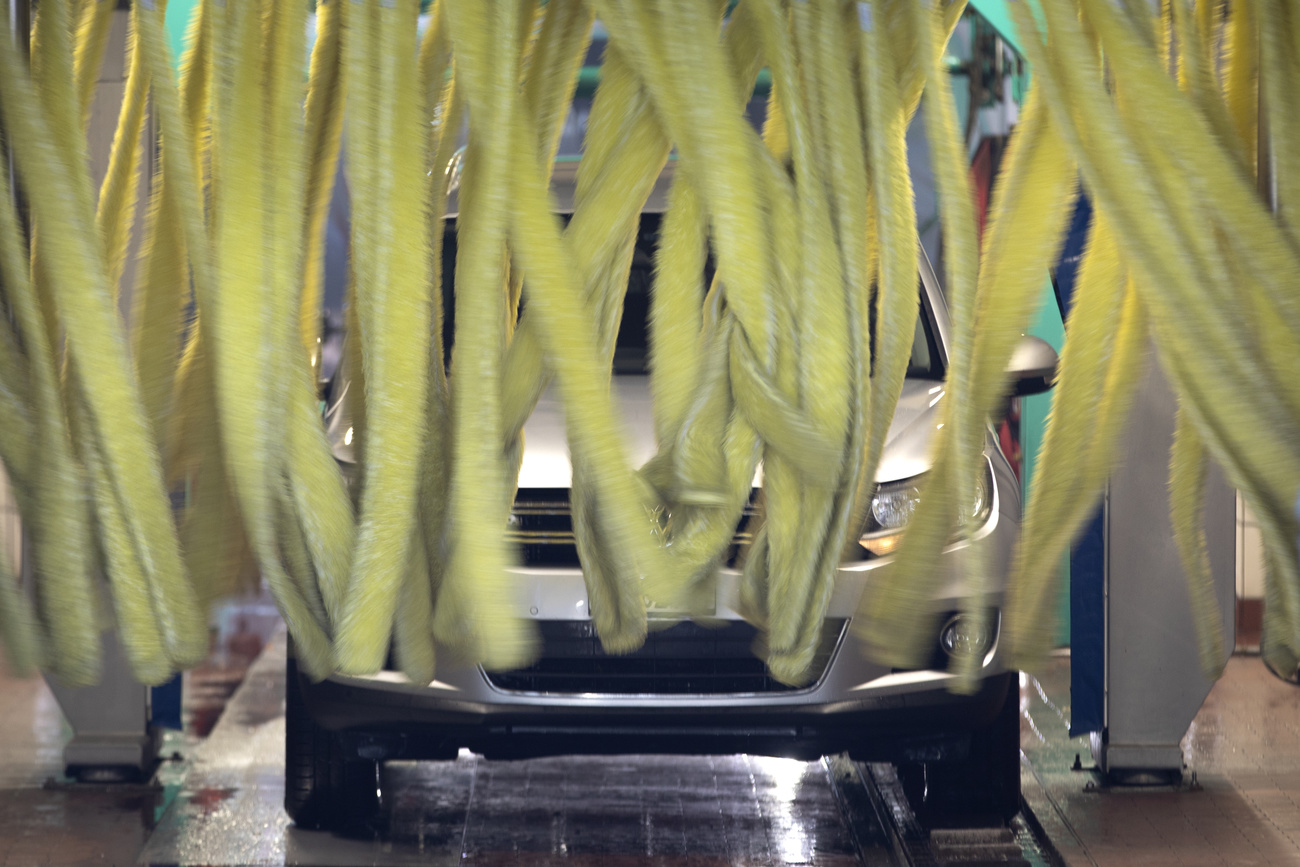


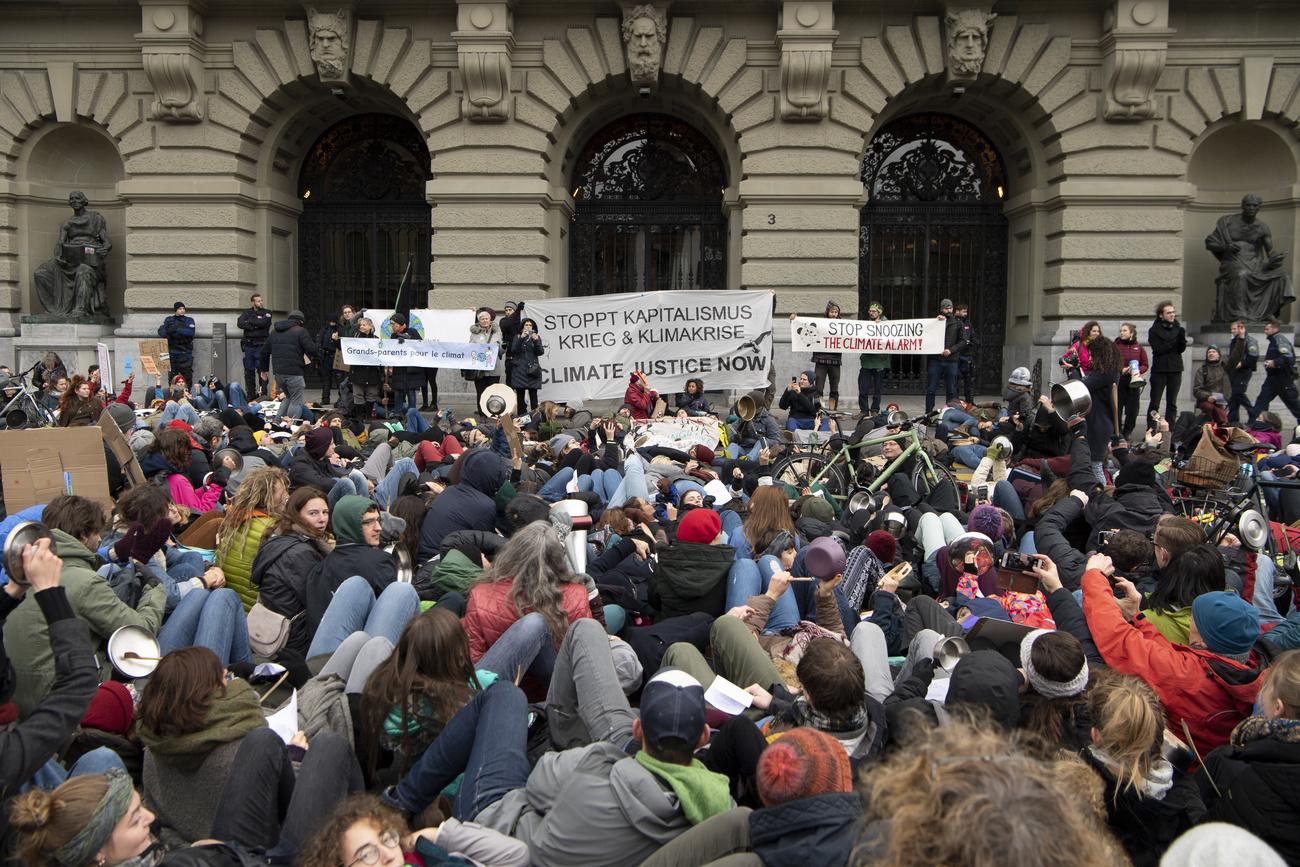
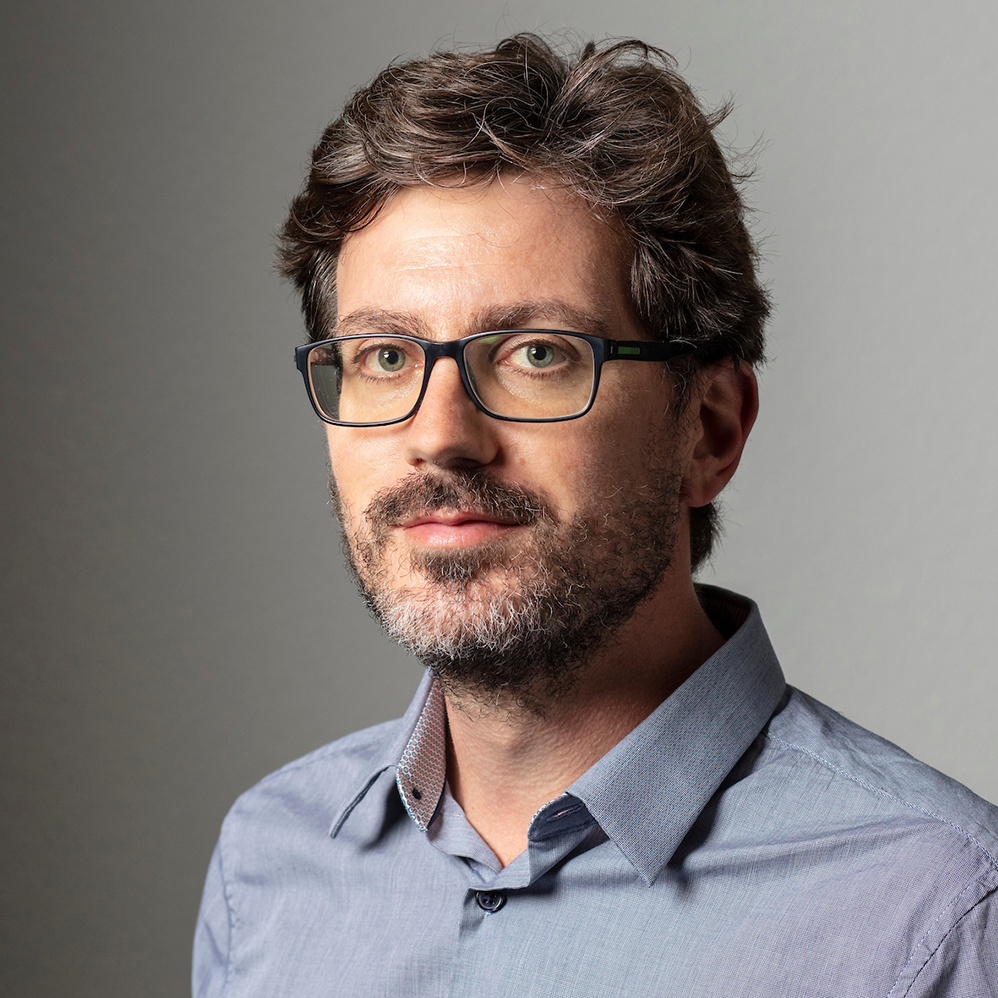


You can find an overview of ongoing debates with our journalists here . Please join us!
If you want to start a conversation about a topic raised in this article or want to report factual errors, email us at english@swissinfo.ch.